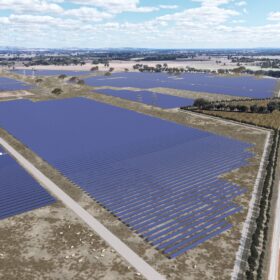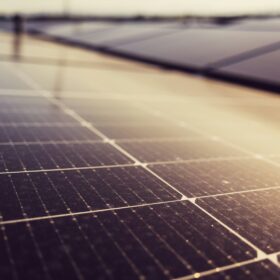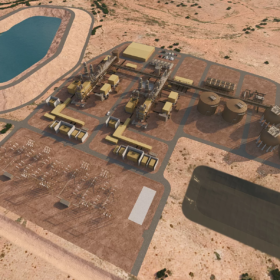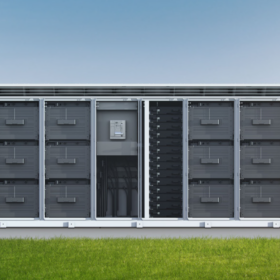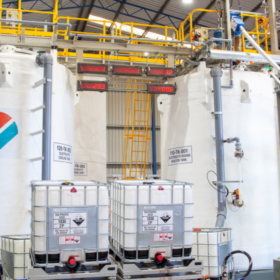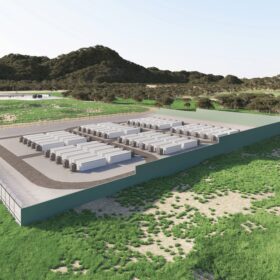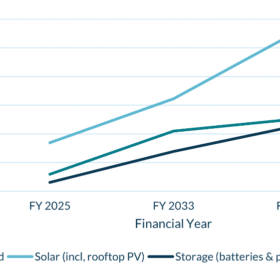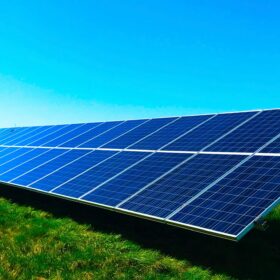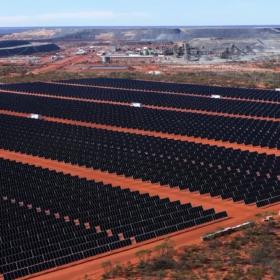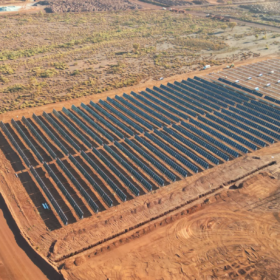1.4 GW of new renewable generation gets go-ahead for construction
Investment in large-scale renewable energy generation continues to trend upwards in Australia with more than 1.4 GW of new solar and wind projects, worth $3.3 billion, reaching financial commitment in the third quarter of 2024.
Denmark-backed renewables developer plans multiple solar and battery projects
A 2 GW+ solar and battery project near the New South Wales outback town of Cobar is one of multiple projects planned by new Australian subsidiary, called Voyager Renewables, of Danish clean energy investment company, Copenhagen Infrastructure Partners.
Long-duration storage solution to backup Broken Hill region energy needs
Canadian-headquartered developer and operator of long-duration storage systems Hydrostor is set to install an advanced compressed air energy storage facility at a minesite near the New South Wales outback city of Broken Hill.
Ausgrid goes big with two 400 MWh battery projects in Newcastle and Sydney
New South Wales electricity distributor Ausgrid is proposing two, 200 MW / 400 MWh battery energy storage systems to be located in the north coast regional city of Newcastle, and Sydney suburb of Homebush.
Australian-made vanadium flow battery project moves to design phase
Perth-headquartered Australian Vanadium LImited’s subsidiary VSUN Energy has moved a vanadium flow battery project to a design phase with the aim to develop a home-grown modular, scalable, turnkey, utility-scale battery energy storage system.
Eku Energy reaches financial close on 500 MWh ACT battery
Battery storage platform Eku Energy has achieved another milestone in the development of its global energy storage portfolio, reaching financial close on the 250 MW / 500 MWh Williamsdale battery project to be built in the Australian Capital Territory.
Cornwall tips 150 GW renewables boost for NEM within two decades
Australia’s main electricity grid is predicted to increase its solar, wind, and energy storage capacity by more than 150 GW by 2043 according to new projections published by energy market consultancy and research group Cornwall Insight.
UK investment firm commissions two solar battery projects in NSW
London-headquartered investment firm VH Global Sustainable Energy Opportunities has completed the construction and commissioning of two solar and storage hybrid systems in New South Wales.
24 MW solar farm and 13 MW BESS powers up Western Australia gold mine
Remote energy development specialist Pacific Energy has commissioned a 24 MW solar farm, which is producing power, and 13 MW battery energy storage system at the Tropicana gold mine, 330 kilometres northeast of Kalgoorlie in remote Western Australia.
Pacific Energy delivers 3.8 MW solar farm and BESS to Pilbara iron ore mine site
Remote power specialist Pacific Energy has delivered a 3.8 MW solar array and two battery energy storage systems to mining company Mineral Resources Ken’s Bore mine site in the Pilbara region, 1,300 kilometres north of Perth.
